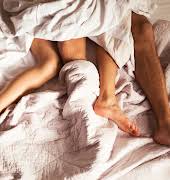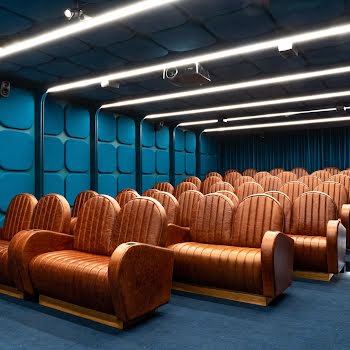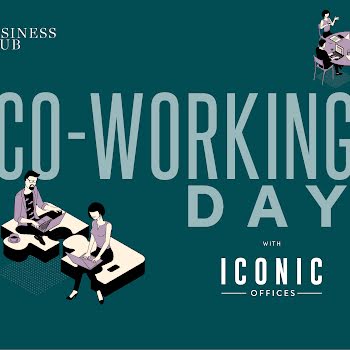
By IMAGE
15th Nov 2016
15th Nov 2016
Irish women now – they’re driven, perceptive and at times, provocative. IMAGE meets eight intriguing creatives who are challenging the status quo and influencing Ireland’s cultural landscape through their achievements, and striking a chord with modern women everywhere. These pioneers don’t just prove that the connection between women is exceptionally profound, but collectively, we are capable of achieving incredible things.
JESSE JONES, ARTIST
When Jesse Jones represents Ireland in next year’s Venice Biennale, she will be presenting an alternative to the law of the State through contemporary art. Working with actress Olwen Foue’re? and visual arts curator Tessa Giblin, the project, Jones explains, seeks to ?think about the idea of the law as a kind of theatrical magic, or how the law is performed, and to intervene in a little way in how law is staged and performed as an aesthetic experience.? Being selected for Venice has been both incredible and nerve- wracking for her. ?It’s a bit like falling out of a plane,? she says. ?It’s been really amazing, with the support that people have given [IMMA has given her a studio on the grounds for a year] and getting to work with Tessa Giblin, somebody who I have been working with for almost ten years in my practice. It’s a good situation; it’s kind of the best possible moment for me to do this.?
An artist and an academic, Jones studied sculpture at NCAD and did an MA in visual arts practices in IADT. ?I think I’ve always known I wanted to be an artist, but I think the reality of what that means really hit me in my late twenties; what it means to choose that as your life, and what the repercussions are financially, and things like that,? she says. ?It was never a decision to be an artist, but as soon as I went to art school, I was running at it.?
She works predominantly in film, a medium she’s felt a strong affinity with since first enjoying it as a spectator. Her first project, called 12 Angry Films, which was commissioned by Fire Stations Artists? Studios and Dublin Docklands Development Authority, traced the history of labour and social justice in cinema and took the form of a temporary drive-in cinema. More recently, she has been pondering what the components of the cinematic experience are that could become more spatial; for her recent show in Dublin City Gallery The Hugh Lane, entitled No More Fun and Games, she ?unpacked? the idea of what a film means and how it can become more architectural and physical, working with a composer and focusing on feminism in Ireland.
While her nationality is not something that defines her (she finds it curious that in this country she is referred to as an ?Irish artist? whereas one wouldn’t refer to an ?Irish accountant? or an ?Irish airplane pilot?), her gender does. ?I think it always has, but more and more so as I get older. I feel like my experience of being a woman and being an artist have been so particular and distinctive, you’d have to wear complete psychic blinkers for it to not,? she says.
READ MORE: Irish Women Now: Aoife Kelleher, Director
Politics has always been so important in terms of her artistic thinking. ?Political feminism is more what I’m interested in than an idea of feminism. Being an artist, you get to have a space where you get to make representations, and I think that’s fundamentally a political act.?
Her work can be densely inaccessible, even to her, she admits. ?Sometimes the worst part is when I don’t understand my own work, and then I go and figure it out ten years later. It’s ok to not understand something. I think the idea that you always get to understand art is kind of wrong. Even artists don’t understand something about what they’re doing, and it’s only after time or with the making of another work that goes beside that work, that it gets decoded – or further confusing.?
She herself has walked out of exhibitions bewildered, but she thinks there’s something exhilarating about not understanding. ?With some of my work – the more direct, communicative work, like the Parasite Institution [where she explored how art by women has been hidden or undervalued historically, as part of No More Fun and Games], it was important that I communicated what the meaning of the work was to people, because I guess it bordered on a political or activist gesture,? she says. ?But then there will be something really strange and mystical in the background to it. So I think there are layers and ingredients of understanding and not understanding.?
This article originally appeared in the November issue of IMAGE magazine, on shelves nationwide now.























